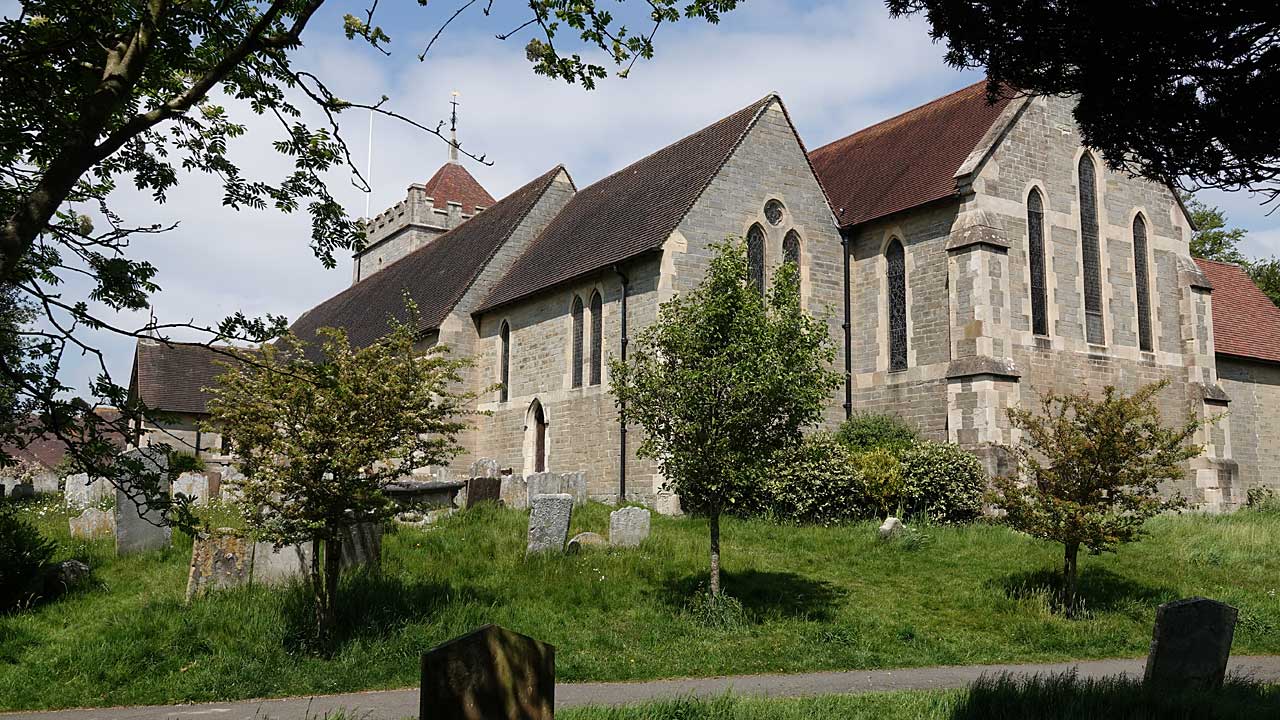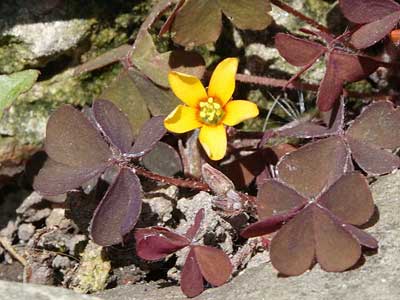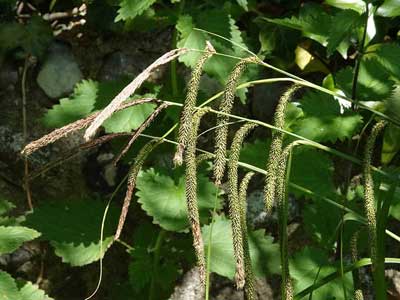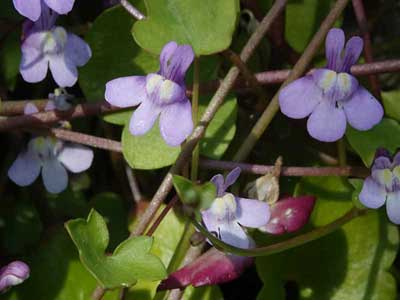Churchyards & Cemeteries


Some churchyards have existed for many centuries and are a haven for wildlife. There has been a church in Bexhill Old Town, where St Peter's stands, since 772 AD. The main habitat in most churchyards is semi-natural grassland, which is rapidly disappearing elsewhere. This is a species-rich habitat often with a high number of wild flowering plants.

A well managed churchyard will have areas that are mown occasionally and others that are left to grow without mowing as they will encourage the growth of different species. There will usually be quite a variety of grasses, sedges and rushes in some areas. The hedges or walls that form the boundary will also have their own specialist plants that will often be well established there.

Among the trees growing in churchyards there is usually one or more Yew trees. These have always been associated with religious sites and some are well over a thousand years old. Most parts of the Yew are poisonous but the timber was traditionally used for making longbows.

Lichen and mosses thrive on trees and walls but in churchyards they also have headstones and other monuments to grow on. There are quite a few lichens that are only found in graveyards.